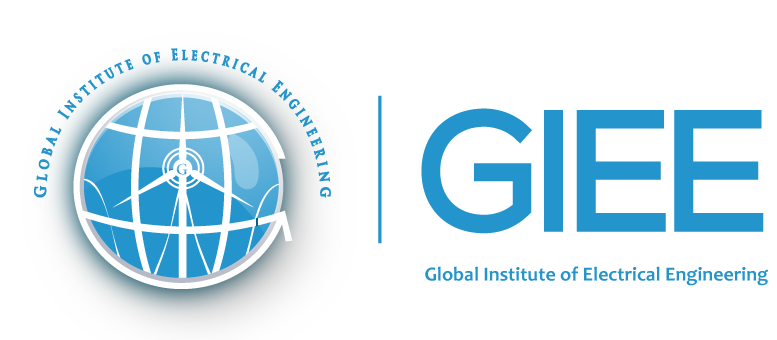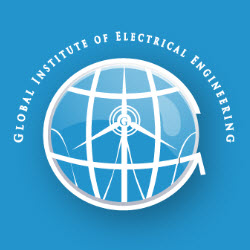a large number of modern electronics are capable of dual voltage use through the use of wide input range switching power supplies. Using either will result in perfectly acceptable operation.
older equipment or equipment with specific voltage requirements will have problems. These equipment will be single input voltage electronics, electrical appliances with motors, with heaters, and with lights.
If a 120V appliance is plugged into 220V the power drawn may quadruple, blowing out the heaters, the lights and motors after a brief moment of very bright or fast operation. It may be accompanied by smoke and flashes of light or maybe just the fuse will melt and protect the equipment. Electronics with single inputs will probably be damaged by burning up some components in the power supply.
If a 220V appliance is plugged into 120V then it will be less dramatic but the power drawn will be 1/4th or the intended amount and the lights will be very dim and the motors will stall or turn very slowly. If they stall it may up the current some but in general it won’t work well if at all. Cooking equipment with heater elements will take forever and may not come up to temperature. Electronics with single inputs will probably not be seriously damaged but won’t work.
Credit: quora.com

